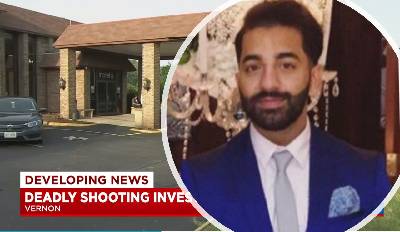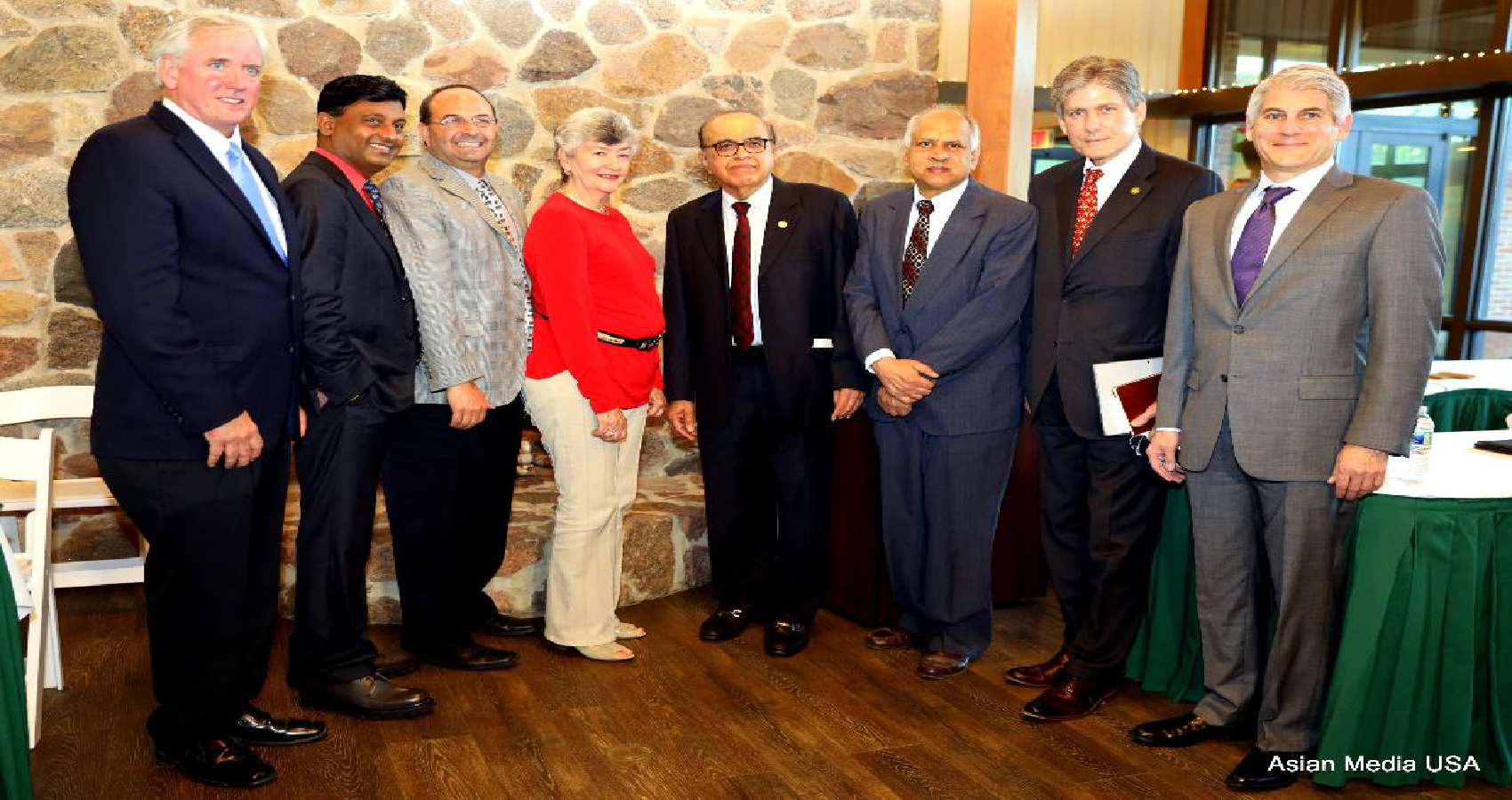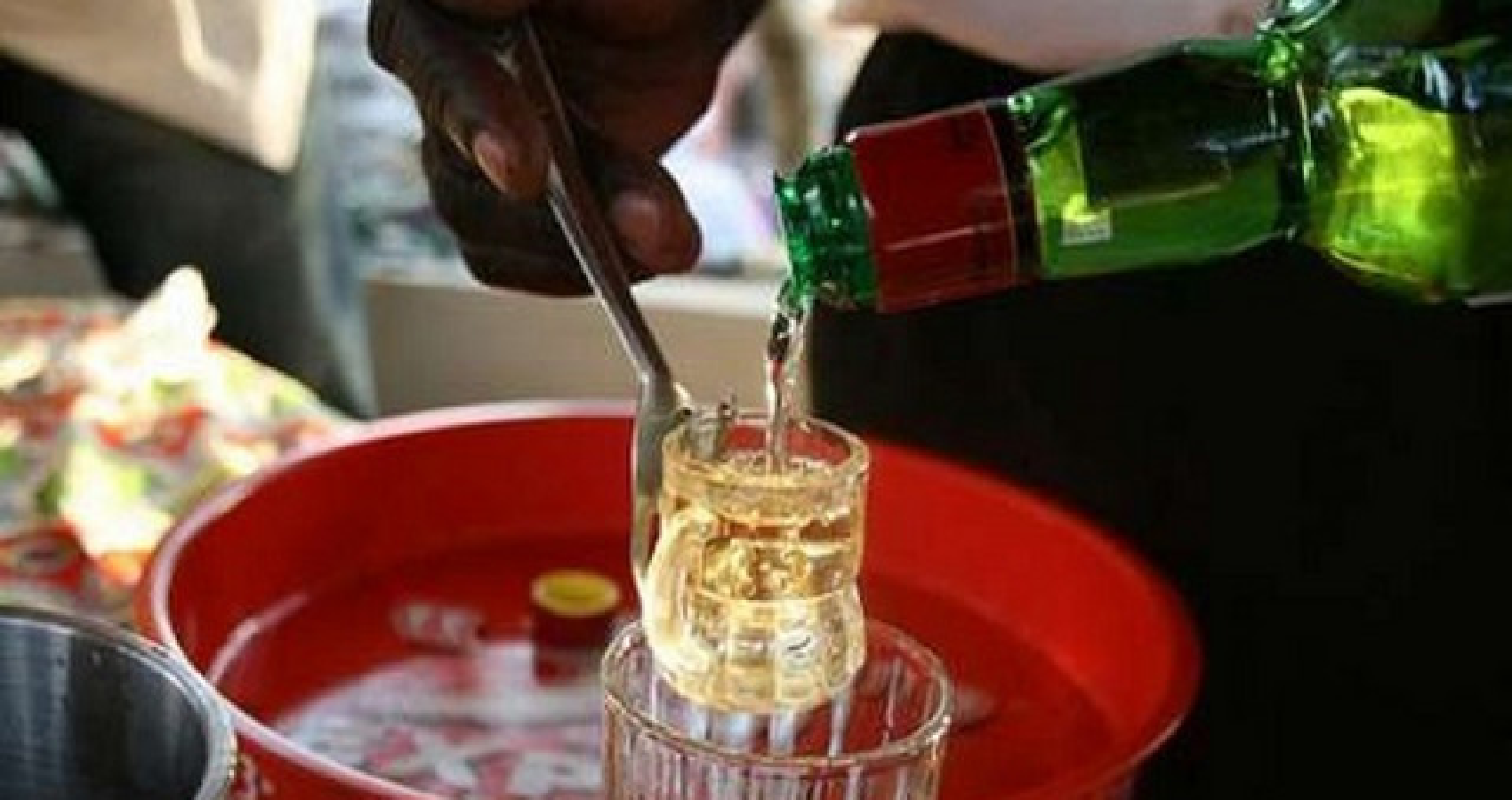(Chicago, IL: July 20th, 2020) A new Executive Committee led by Dr. Sudhakar Jonnalagadda, as the 37th President of American Association of Physicians of Indian Origin (AAPI) assumed charge of this nearly four decades old organization representing the nearly 80,000 Indian American Physicians and Fellows, during the first ever Virtual Change of Guard Ceremony on Saturday, July 11, 2020.
Others who constitute the Executive Committee include, Dr. Anupama Gotimukula, President-Elect; Dr. Ravi Kolli, Vice President, Dr. Amit Chakrabarty, Secretary of AAPI; Dr. Satish Kathula, Treasurer of AAPI, Dr. Sajani Shah, Chair of AAPI’s BOT; Dr. Ami Baxi, YPS President; Dr. Kinjal Solanki, MSRF President; and Dr. Surendra Purohit, Chair of AAPI Charitable Foundation.
“I will work to make AAPI stronger, more vibrant, united, transparent, politically engaged, ensuring active participation of young physicians, increasing membership, and enabling that AAPI’s voice is heard in the corridors of power,” Dr. Jonnalagadda, announced immediately after being administered the oath of office.
Dr. Jonnalgadda has vowed to take the nearly four decades old organization to the next level and “bring all the AAPI Chapters, Regions, Members of the Executive Committee and Board of Trustees to work cohesively and unitedly for the success of AAPI and the realization of its noble mission.” He wants to increase AAPI membership by offering more benefits and opportunities for members.
The new team will lead AAPI the largest ethnic Medical Organization in the United States, in the year 2020-2021, serving the interests of the Indian American physicians in the US and in many ways contributing to the shaping of the healthcare delivery in the US for the past 37 years. “AAPI must be responsive to its members, supportive of the leadership and a true advocate for our mission,” he said.
Dr. Jonnalagadda, born in a family of Physicians, aspired to be physicians and dedicate their lives for the greater good of humanity. “I am committed to serving the community and help the needy. That gives me the greatest satisfaction in life,” he said modesty. Ambitious and wanting to achieve greater things in life, Dr. Jonnalagadda has numerous achievements in life. He currently serves as the President of the Medical Staff at the Hospital. And now, “being elected as the President of AAPI is greatest achievement of my life,”
 Dr. Anupama Yeluru Gotimukula, President-Elect, AAPI, who will be the President of AAPI in the year 2021-22, says, “We are going through a deadly pandemic now. AAPI members are putting their best efforts to help our patients, especially those impacted by COVID. Several of our physicians have been affected in this pandemic. Our healthcare heroes are putting their lives on frontline and working in every possible way to eradicate COVID-19, through preventive efforts, clinical, therapeutic and research trials, doing philanthropic services and many more other activities to help the community!
Dr. Anupama Yeluru Gotimukula, President-Elect, AAPI, who will be the President of AAPI in the year 2021-22, says, “We are going through a deadly pandemic now. AAPI members are putting their best efforts to help our patients, especially those impacted by COVID. Several of our physicians have been affected in this pandemic. Our healthcare heroes are putting their lives on frontline and working in every possible way to eradicate COVID-19, through preventive efforts, clinical, therapeutic and research trials, doing philanthropic services and many more other activities to help the community!
Dr. Gotimukula, a resident of San Antonio, TX, is a board certified Pediatric Anesthesiologist and is affiliated with Christus Santa Rosa Health System-San Antonio, and has been in practice in San Antonio for nearly 13 years. After graduating with distinction from Kakatiya Medical College, NTR Univ of Health Sciences, she completed her Residency from University of Miami, Fellowship in Pediatric Anesthesiology from University of Michigan.
Beginning her long association with AAPI as a volunteer at one of the Governing Body Meetings in San Antonio in 2009, which motivated her to become a life member of AAPI. Inspired by the great works being done by AAPI, she started the leadership track at local level as Treasurer of TIPSSW chapter. Her passion, dedication, leadership and people skills made her President of Texas Indo-American Physician Society (TIPSSW Chapter) and had served as the Treasurer of AAPI Convention in San Antonio ( 2014) which was the stepping stone to Anupama to serve several leadership roles in AAPI. Dr. Gotimukula served as Regional Director of AAPI for 2 years, served as the IT Chair and later on, she was elected as the Treasurer of AAPI in 2017, Secretary (2018), Vice President (2019) with huge majority and is currently serving as President-Elect.
With a vision to make AAPI financially strong, Dr. Gotimukula was instrumental in creating $250,000 Endowment Fund for operations in 2020, with a goal to reach $2.5 Million in the next five years. Another area, she wants to focus is to offer CMEs & Educational & Leadership Seminars for Members, to help build a healthier community & address the common ailments in the community through AAPI “YouTube Channel” and provide education to the larger community on health related issues.
In addition, Dr. Gotiumukula wants to provide Educational Projects in India by forming a Medical Student Council in India and help mentor them to get the best medical education in India and abroad. Organized Medicine on Healthcare Reforms by being proactive in collaboration with AMA and other similar organizations, ensuring Policy Changes in Healthcare delivery . Philanthropy by regularly organizing Medical Mission Service trips, serving the needy in the most rural areas in India and other countries, are some of the other interests , Dr. Gotimukula wants to undertake while serving in leadership roles at AAPI. “We dedicate our professional expertise and services to both India (Janmabhoomi) and the United States, (Karmabhoomi).”
While dedicating her talents, skills, and experiences for the AAPI family, which she has come to call as her own, Dr. Gotimukula says, “I am looking forward to get the best wishes & blessings from our members in my pursuit to lead this prestigious organization and do the best to our physician community and save the human race.”
 Dr. Ravi Kolli, Vice President of AAPI is a Board Certified Psychiatrist with additional qualifications in Addiction, Geriatric and Forensic Psychiatry, and serves as Psychiatric Medical Director of Southwestern Pennsylvania Human Services. A former Clinical Asst. Professor of Psychiatry, University of Pittsburgh and West Virginia University, Dr. Kolli had served as the Secretary of AAPI 2019-20, Regional Director of AAPI 2017-18, Past President of Pittsburgh Chapter of AAPI (TAPI), Past President of Rangaraya Medical College Alumni of North America and as the Past President of Association of Telugu Medical Graduates in USA
Dr. Ravi Kolli, Vice President of AAPI is a Board Certified Psychiatrist with additional qualifications in Addiction, Geriatric and Forensic Psychiatry, and serves as Psychiatric Medical Director of Southwestern Pennsylvania Human Services. A former Clinical Asst. Professor of Psychiatry, University of Pittsburgh and West Virginia University, Dr. Kolli had served as the Secretary of AAPI 2019-20, Regional Director of AAPI 2017-18, Past President of Pittsburgh Chapter of AAPI (TAPI), Past President of Rangaraya Medical College Alumni of North America and as the Past President of Association of Telugu Medical Graduates in USA
“In my role as the Vice President of AAPI, I will be working closely with President and President Elect of AAPI to make AAPI a more dynamic and vibrant organization playing a meaningful and relevant part in advocating health policies and practices that best serve the interests of all patients and promoting the physician’s role as the leaders of the team based health care delivery,” Dr. Kolli says.
As the Chair of Membership Committee, Dr. Kolli “Will diligently work to recruit new members to AAPI, especially the younger physicians and recent graduates. I will also be promoting the mission and vision of AAPI by working closely with AAPI’s 120 + patron Chapters to align all of our goals and activities and also bring in new Chapters into AAPI fold.
A Psychiatrist by profession, Dr Kolli wants to “focus on battling the stigma of mental illness and access to quality mental health care broadly. I will be forming liaison with mental health professionals in India and globally and bring awareness of various biopsychosocial therapeutic options to promote wellness and recovery from mental illness and substance use disorders. We will also actively promote physician wellness and self care to address the challenges of physician burnout and suicide.”
 For Dr. Amit Chakrabarty, Secretary of AAPI, it’s been a very long journey with AAPI, from being an ordinary member to a Regional Leader, Vice Chair of the Board of Trustees (BOT) and now being elected as the national Secretary of AAPI that he calls as his second family and has come to adore. “Since my membership to AAPI In 1997, for more than two decades I have been a dedicated foot soldier for the American Association of Physicians of Indian Origin,” Dr. Amit Chakrabarty is a Consultant Urologist, Poplar Bluff Urology, Past Chairman of Urologic Clinics of North Alabama P.C., and the Director of Center for Continence and Female Pelvic Health.
For Dr. Amit Chakrabarty, Secretary of AAPI, it’s been a very long journey with AAPI, from being an ordinary member to a Regional Leader, Vice Chair of the Board of Trustees (BOT) and now being elected as the national Secretary of AAPI that he calls as his second family and has come to adore. “Since my membership to AAPI In 1997, for more than two decades I have been a dedicated foot soldier for the American Association of Physicians of Indian Origin,” Dr. Amit Chakrabarty is a Consultant Urologist, Poplar Bluff Urology, Past Chairman of Urologic Clinics of North Alabama P.C., and the Director of Center for Continence and Female Pelvic Health.
“It’s my belief that being an elected official of this noble organization, I will continue to give my heart and soul to make AAPI a more vibrant, united, transparent, politically engaged, ensuring active participation of young physicians, increasing membership, and enabling that AAPI’s voice is heard in the corridors of power,” Dr. Chakrabarty, a multi-talented physician says.
Dr. Chakrabarty wants to “Recognize the role of Young Physicians in AAPI, making AAPI financially sound, lobbying on Capitol Hill on policies important to AAPI, continuing partnership in health care education across the globe, making AAPI a global health leader, be part of the decision-making process of WHO and UN on health policies, are only some of the many goals I have for AAPI.”
Dr. Chkrabarty is “blessed to have imbibed the values of giving, leading, and being passionate about what I am committed to do, from my parents. My wife and children have encouraged me to take time off from work and family, devoting my talents and skills for the realization of the mission of AAPI. I have diverse experience and skills to achieve each of these goals, and I am committed to move AAPI forward by serving as AAPI’s National Secretary.”
 Dr. Satheesh Kathula, the newly elected Treasurer of AAPI is a board certified hematologist and oncologist from Dayton, Ohio. Practicing Medicine for nearly two decades, Dr. Kathula is a clinical professor of medicine at Wright State University- Boonshoft school of medicine, Dayton, Ohio. He graduated from Siddhartha Medical College, Vijayawada, Andhra Pradesh, India in 1992. He has been actively involved in community service locally, nationally and internationally for the last 18 years. He has been awarded with the “Man of the year-2018, The Leukemia and Lymphoma Society’”
Dr. Satheesh Kathula, the newly elected Treasurer of AAPI is a board certified hematologist and oncologist from Dayton, Ohio. Practicing Medicine for nearly two decades, Dr. Kathula is a clinical professor of medicine at Wright State University- Boonshoft school of medicine, Dayton, Ohio. He graduated from Siddhartha Medical College, Vijayawada, Andhra Pradesh, India in 1992. He has been actively involved in community service locally, nationally and internationally for the last 18 years. He has been awarded with the “Man of the year-2018, The Leukemia and Lymphoma Society’”
Dr. Kathula has served in numerous capacities, before being elected as the Treasurer of AAPI-2020-21. He had served as the Chair, IT Committee- 2019-20; Editor, Enewsletter-2019-20; a member of AAPI’s Board of Trustees- 2014-17; and Regional Director- 2012-14, in addition t several roles at the local and regional level. He has served as the President and founding member of Association of Indian Physicians from Ohio; President, Miami Valley Association of Physicians of Indian Origin; President, ATMGUSA; and has worked with Ohio State Medical Association on various issues.
A recipient of several Community Service/Awards, Dr. Kathula says, “As a treasurer, I will keep custody of all accounts, receipts and disbursements, and make them transparent. Will work to make AAPI financially stronger and viable. I will work to strengthen Indo-US relations.”
At the national level, Dr. Kathula wants to “Make AAPI a mainstream organization and work on issues affecting physicians including physician shortage, burnout, and credentialing, while leveraging the strength of 100,000 doctors at legislative level.” Another area, he wants to work is to “Encourage and engage next generation/young physicians in AAPI activities. While working closely with other physician organizations such as AMA.”
In all of his efforts leading AAPI, Dr. Jonnalagadda wants to work with his executive committee and all branches of AAPI membership in a congenial and non-competitive manner, focusing on the noble mission of this prestigious organization. His experiences in organizing conferences and meetings which help to bring members together and attract new members is vital to the success of the organization.
With the changing trends and statistics in healthcare, both in India and US, we are refocusing our mission and vision, AAPI would like to make a positive meaningful impact on the healthcare delivery system both in the US and in India.
AAPI will continue to be an active player in crafting the delivery of healthcare in the most efficient manner in the United States and India. “We will strive for equity in healthcare delivery globally.” Dr. Jonnalagadda is confident that with the blessings of elders, and the strong support from the total membership of AAPI and his family, he will be able to take AAPI to stability, unity, growth and greater achievements.”


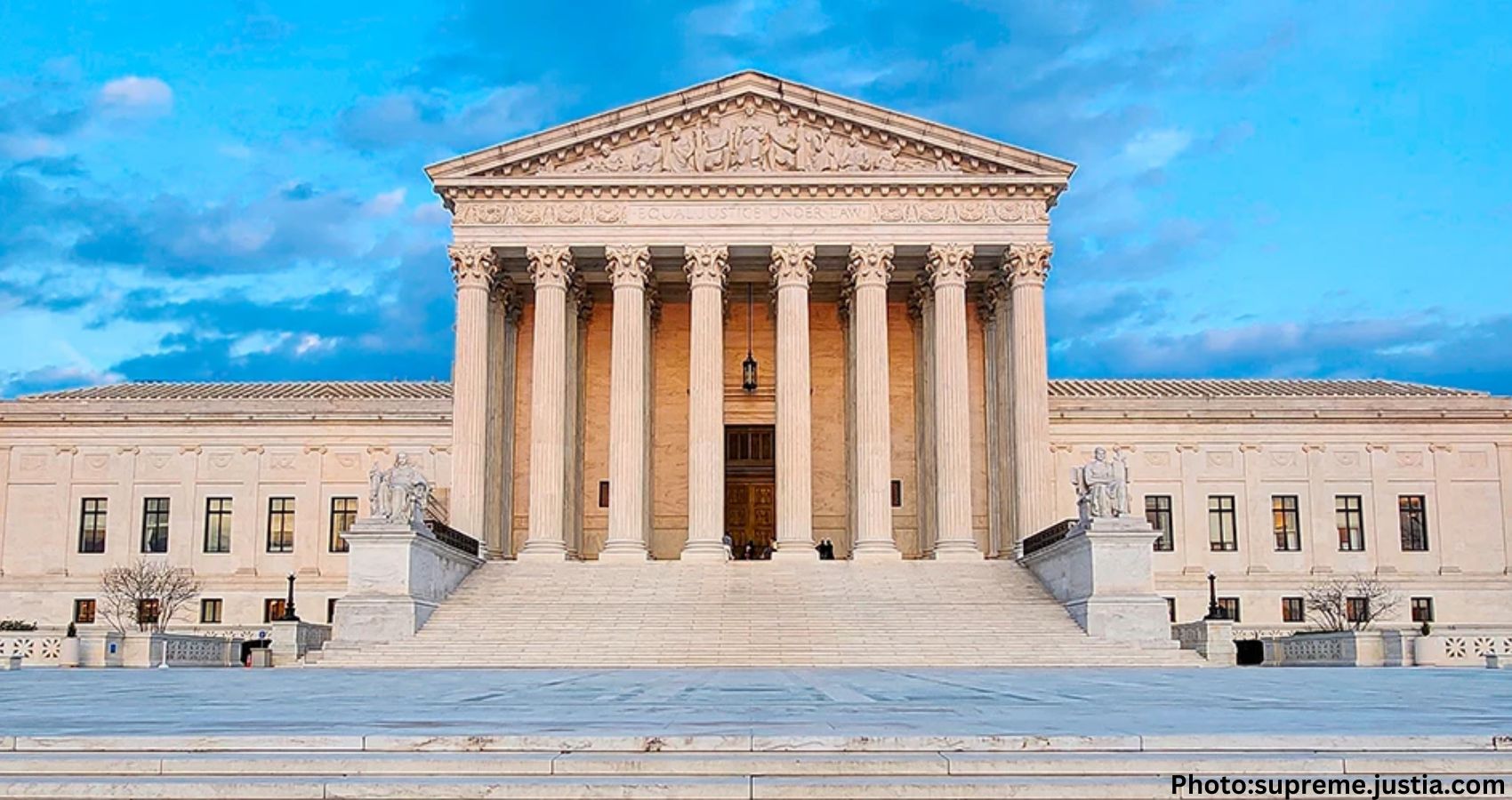
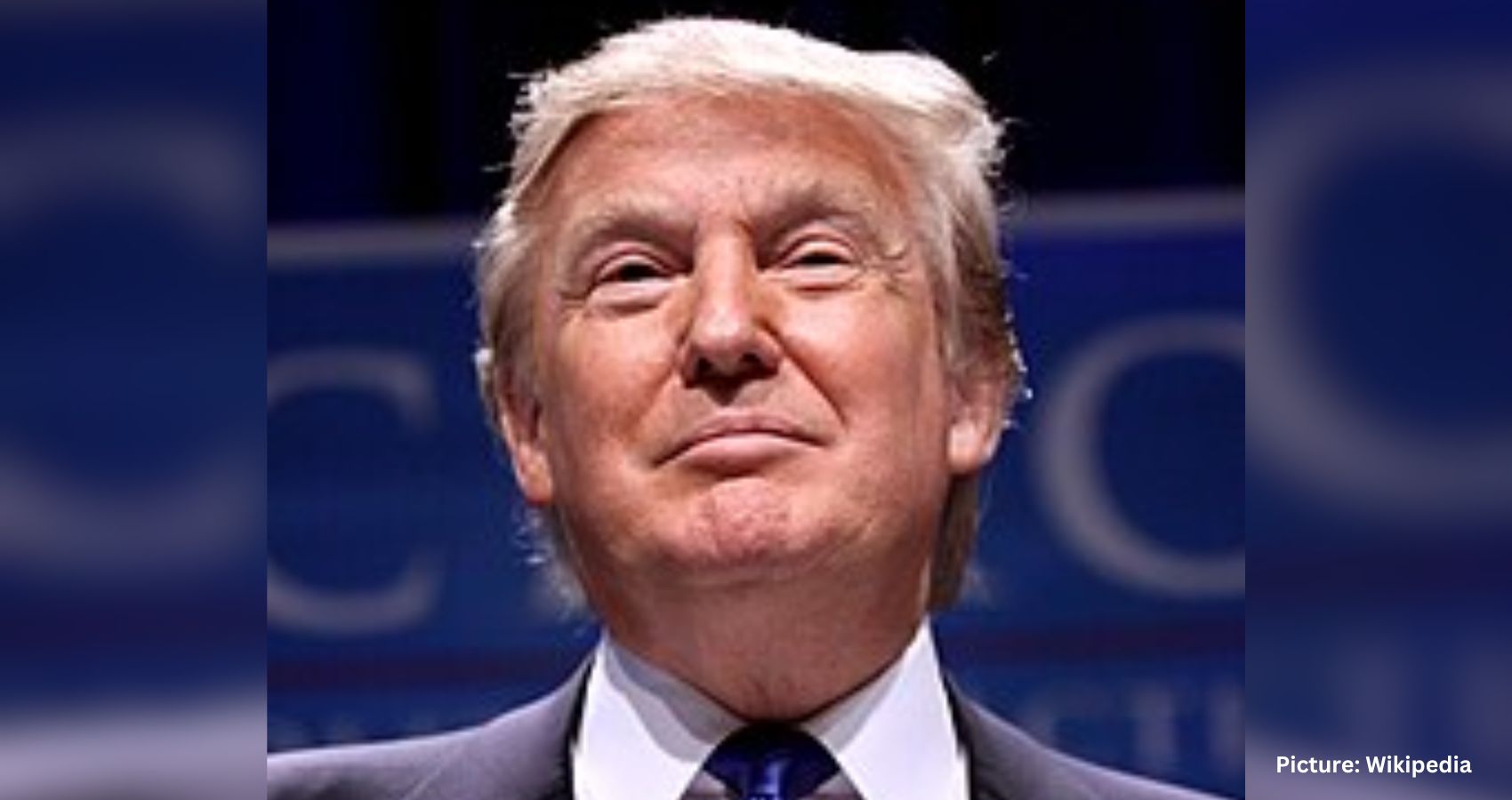
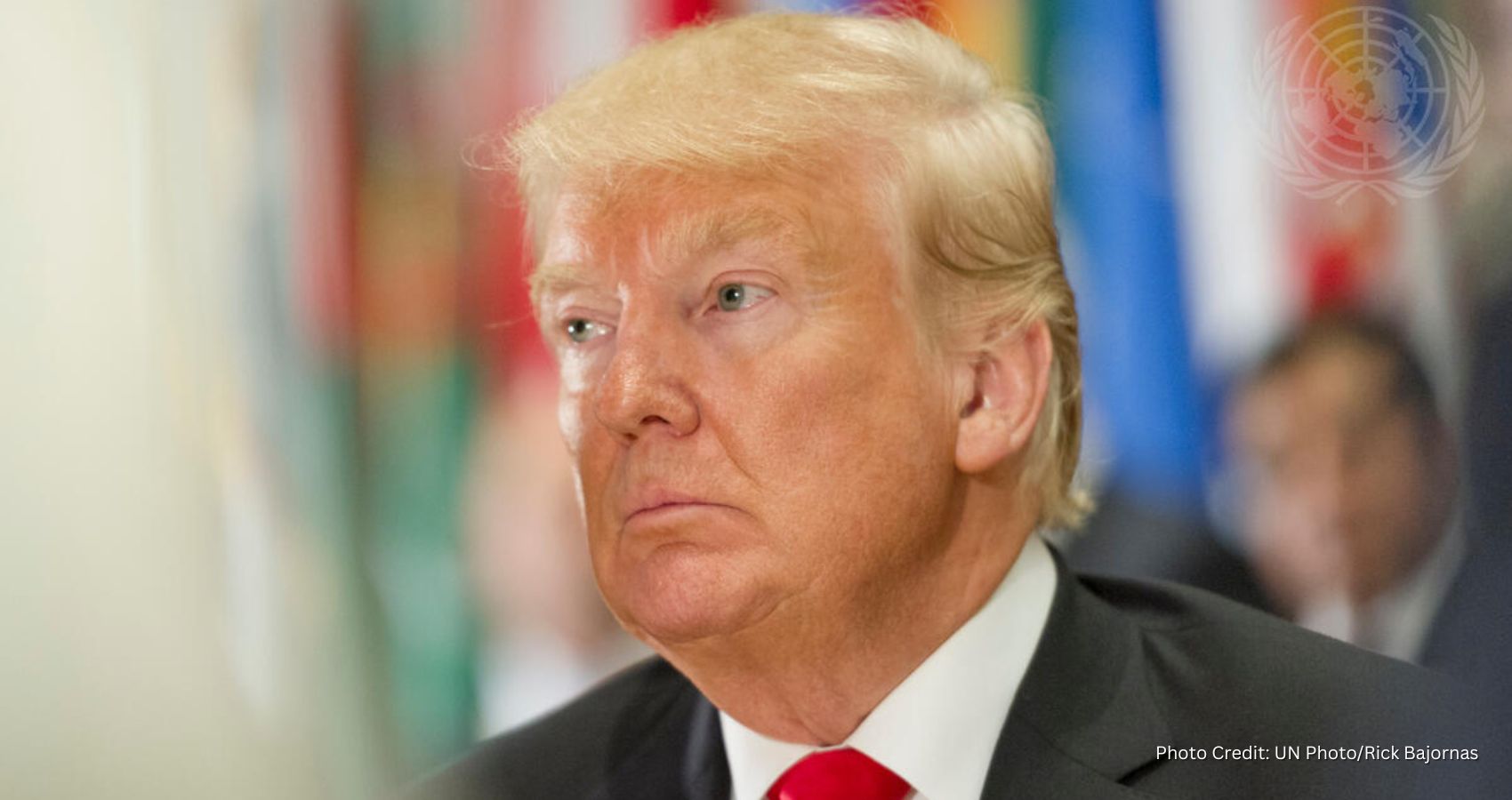
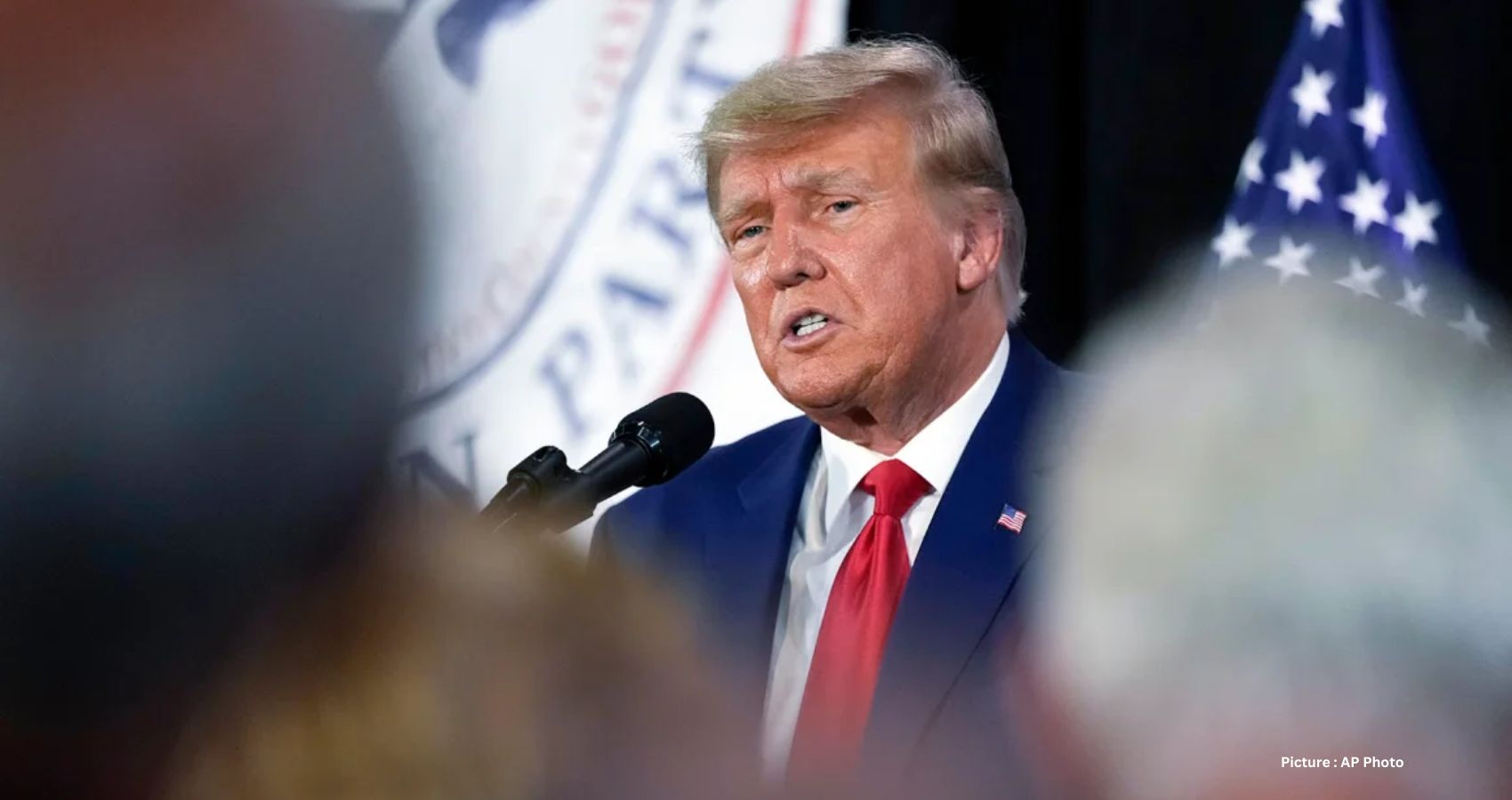
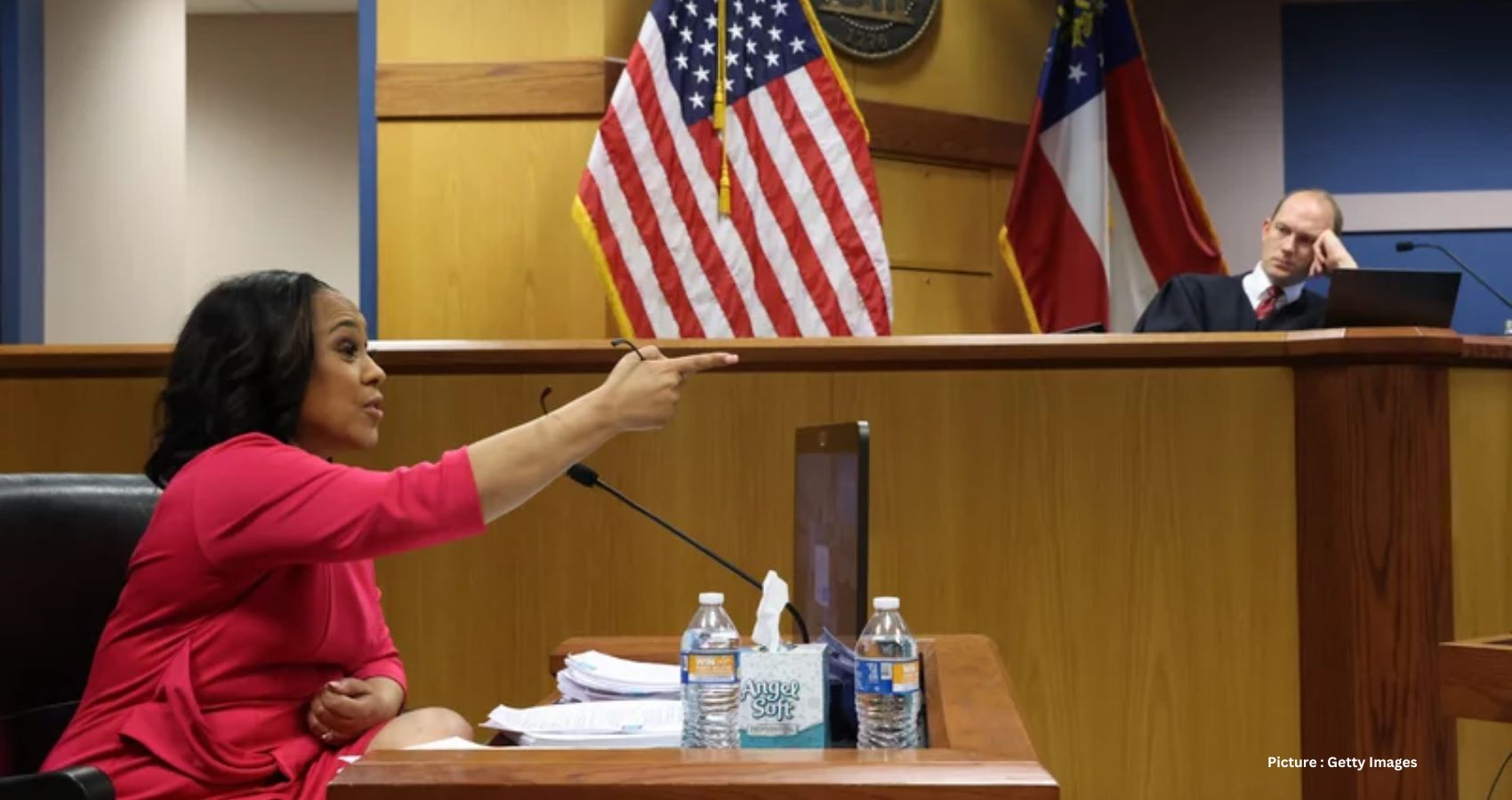
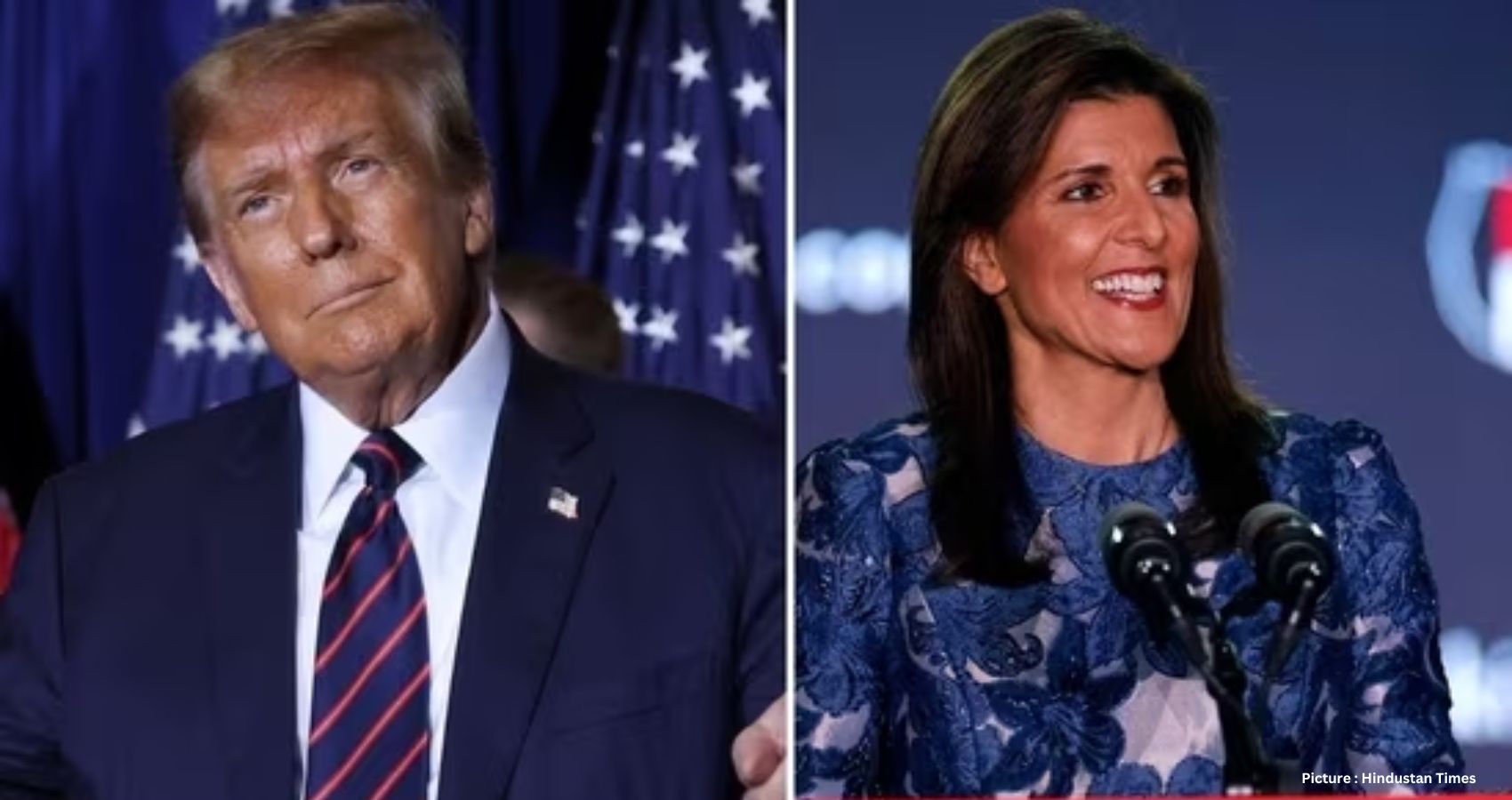
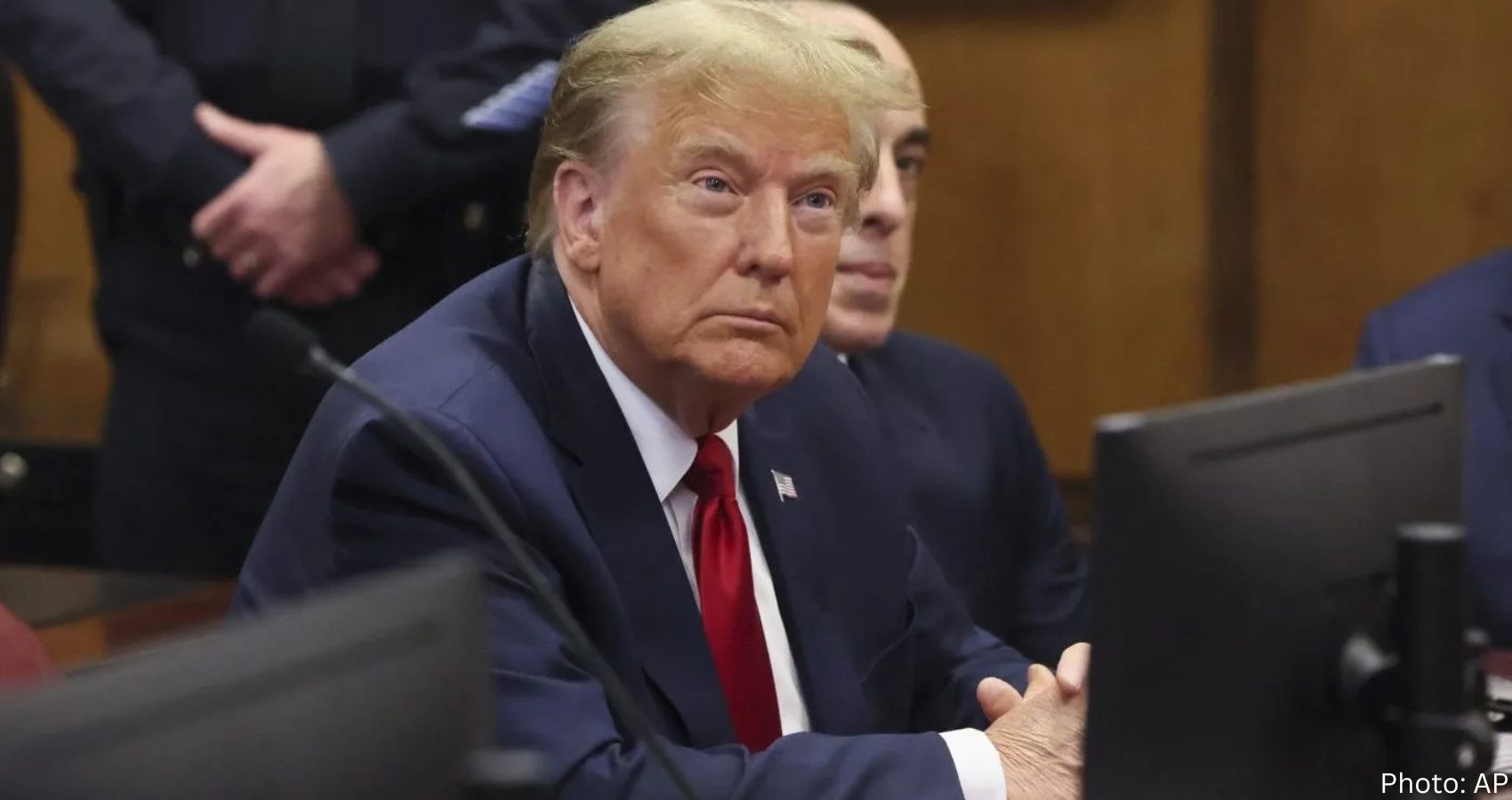
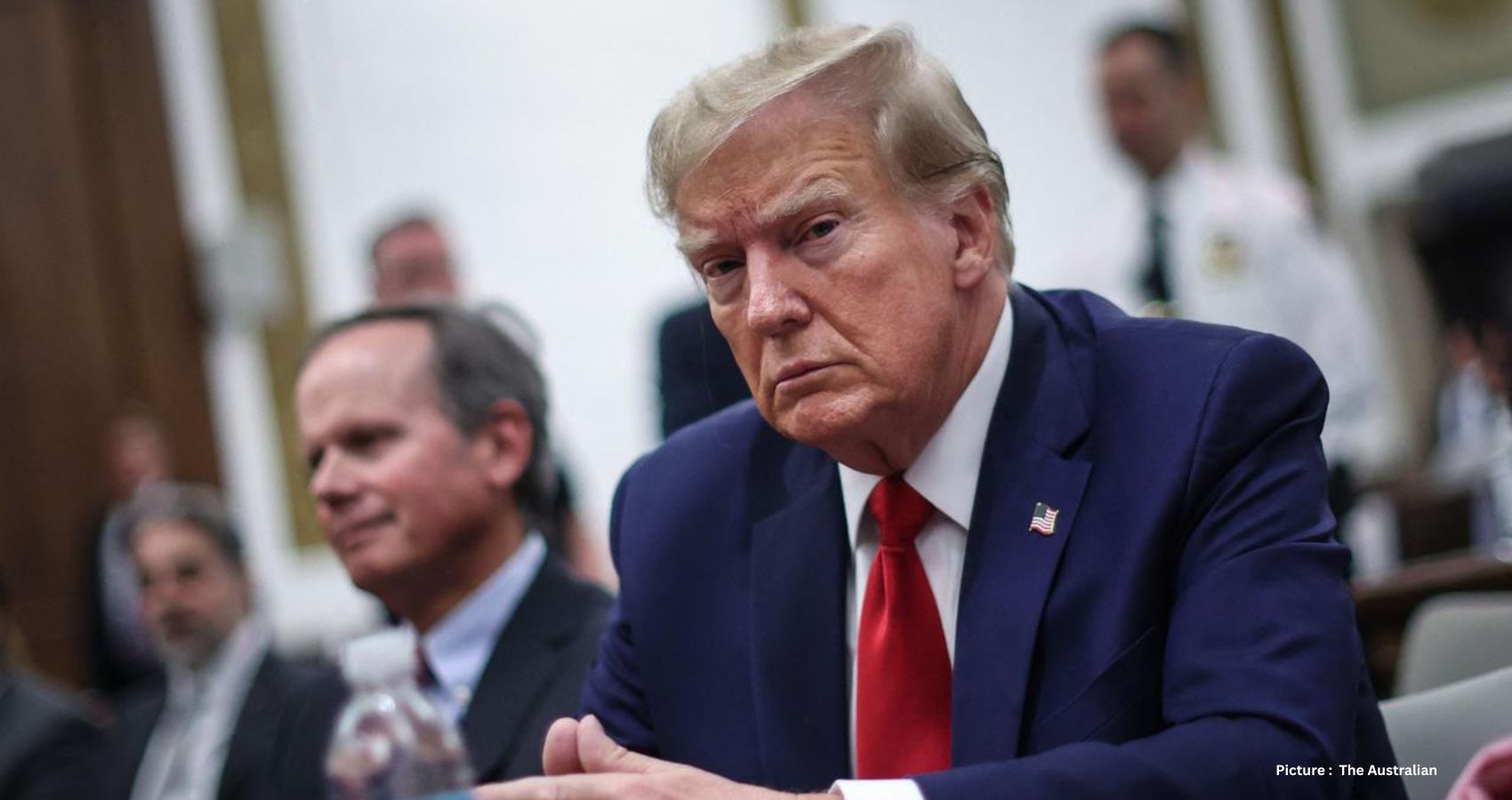
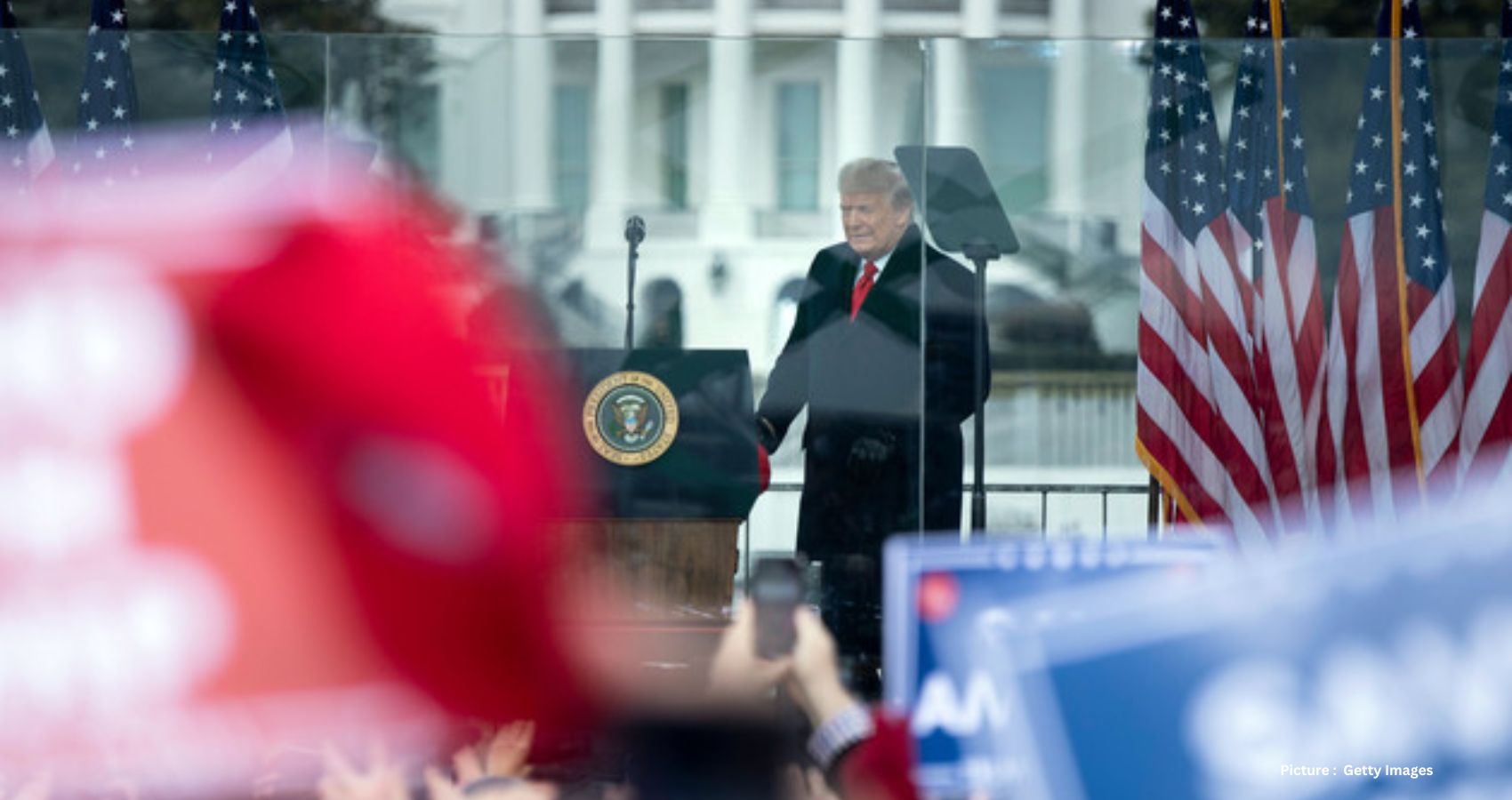
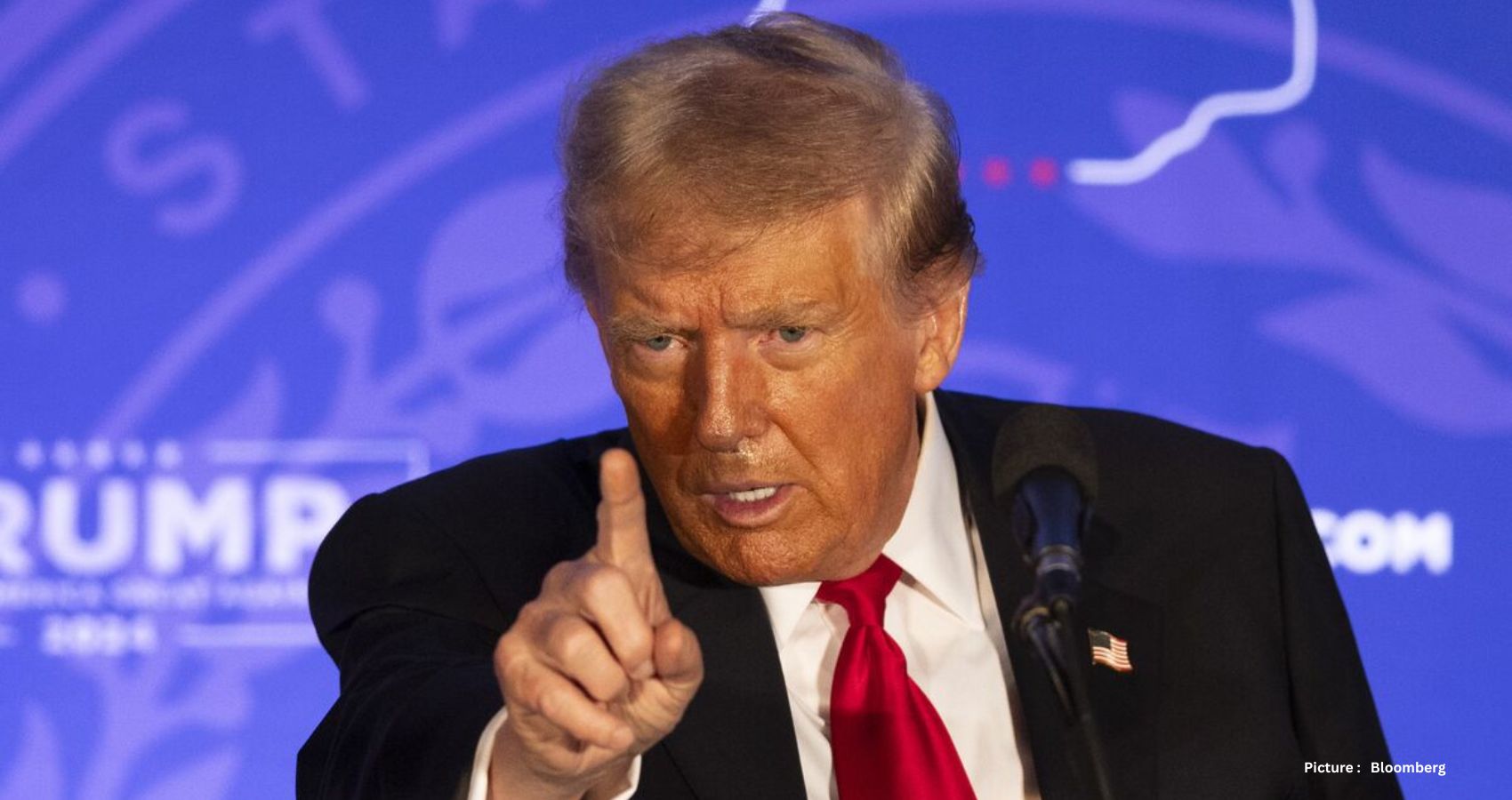
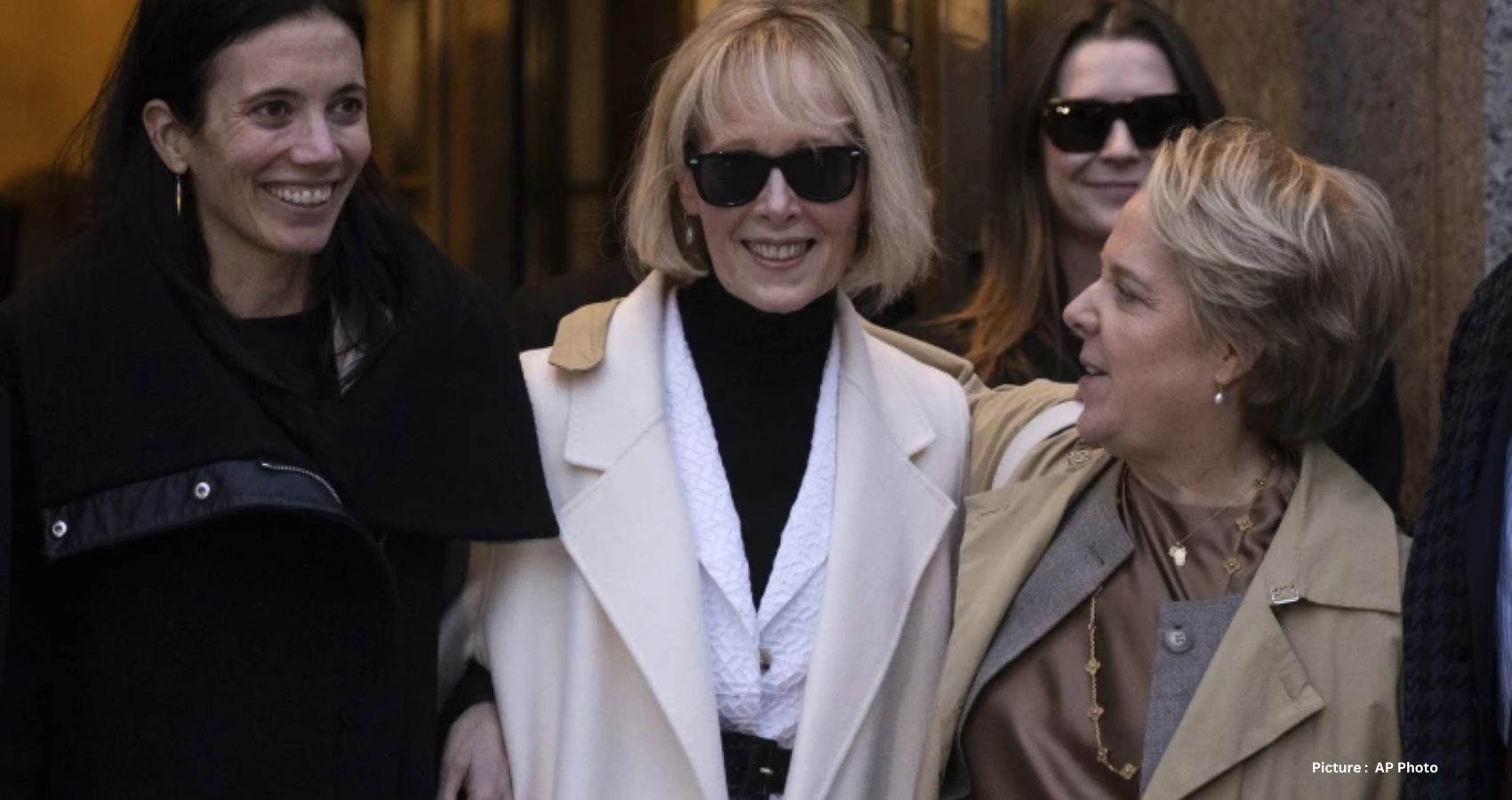
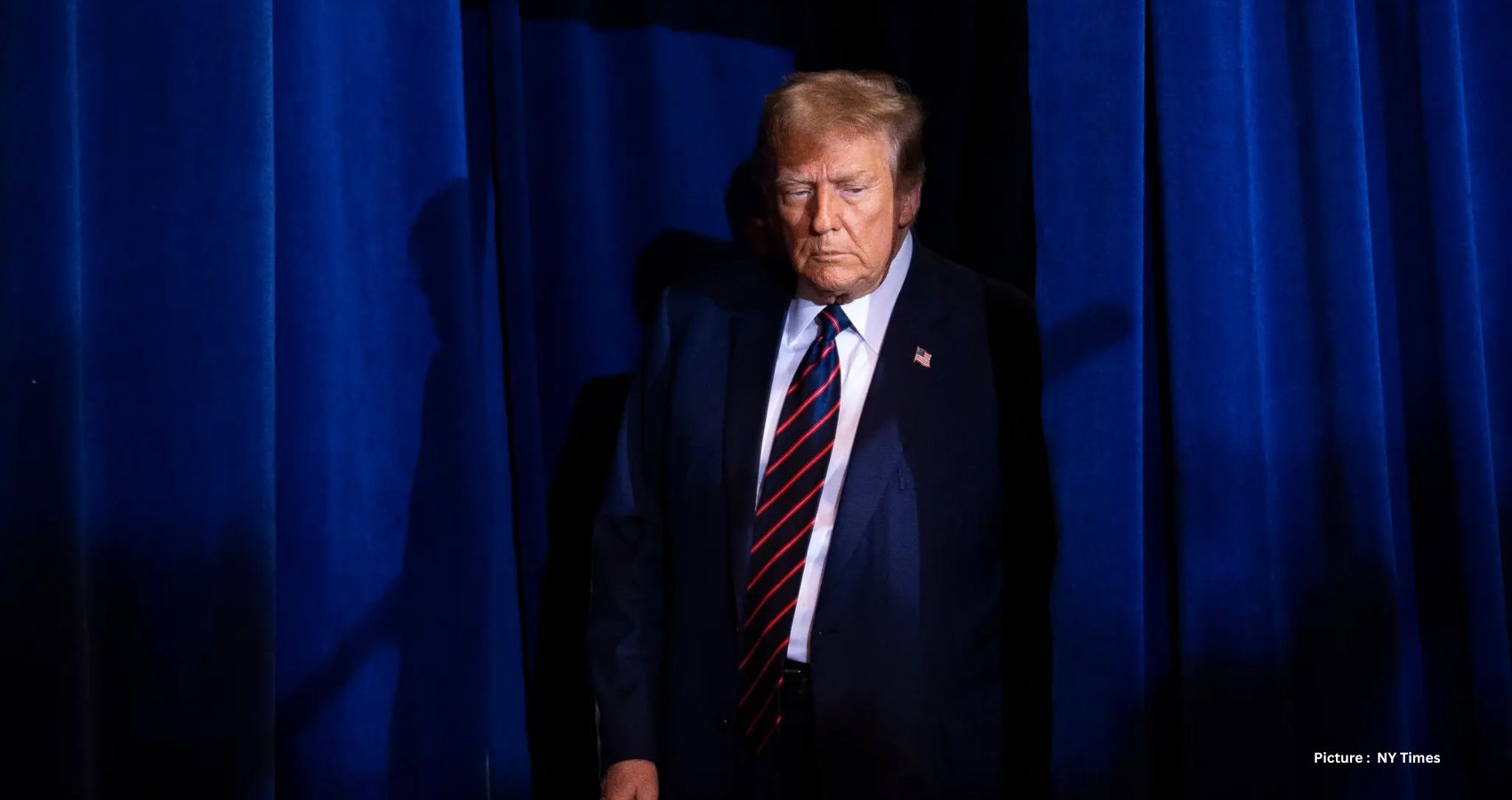
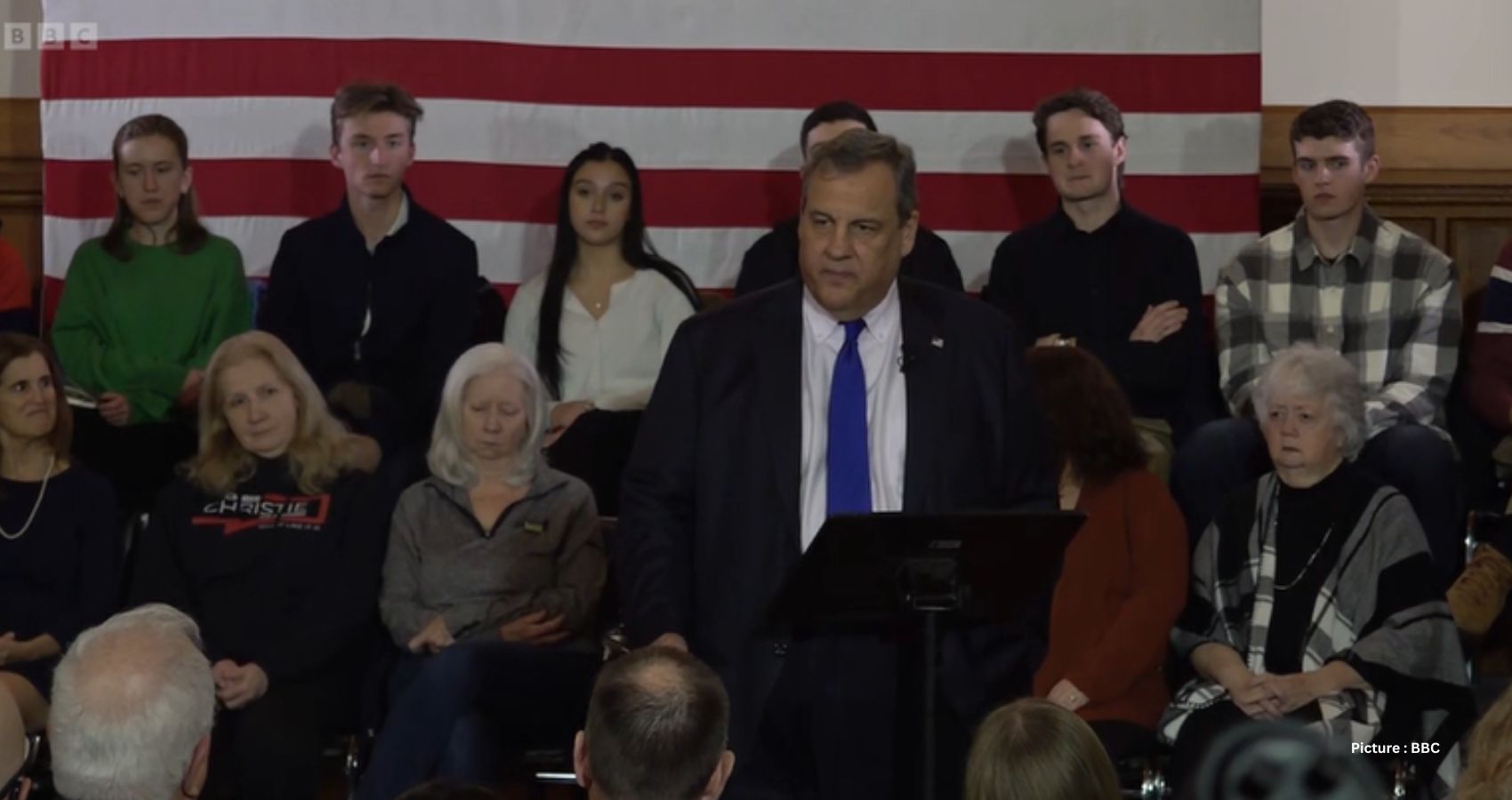
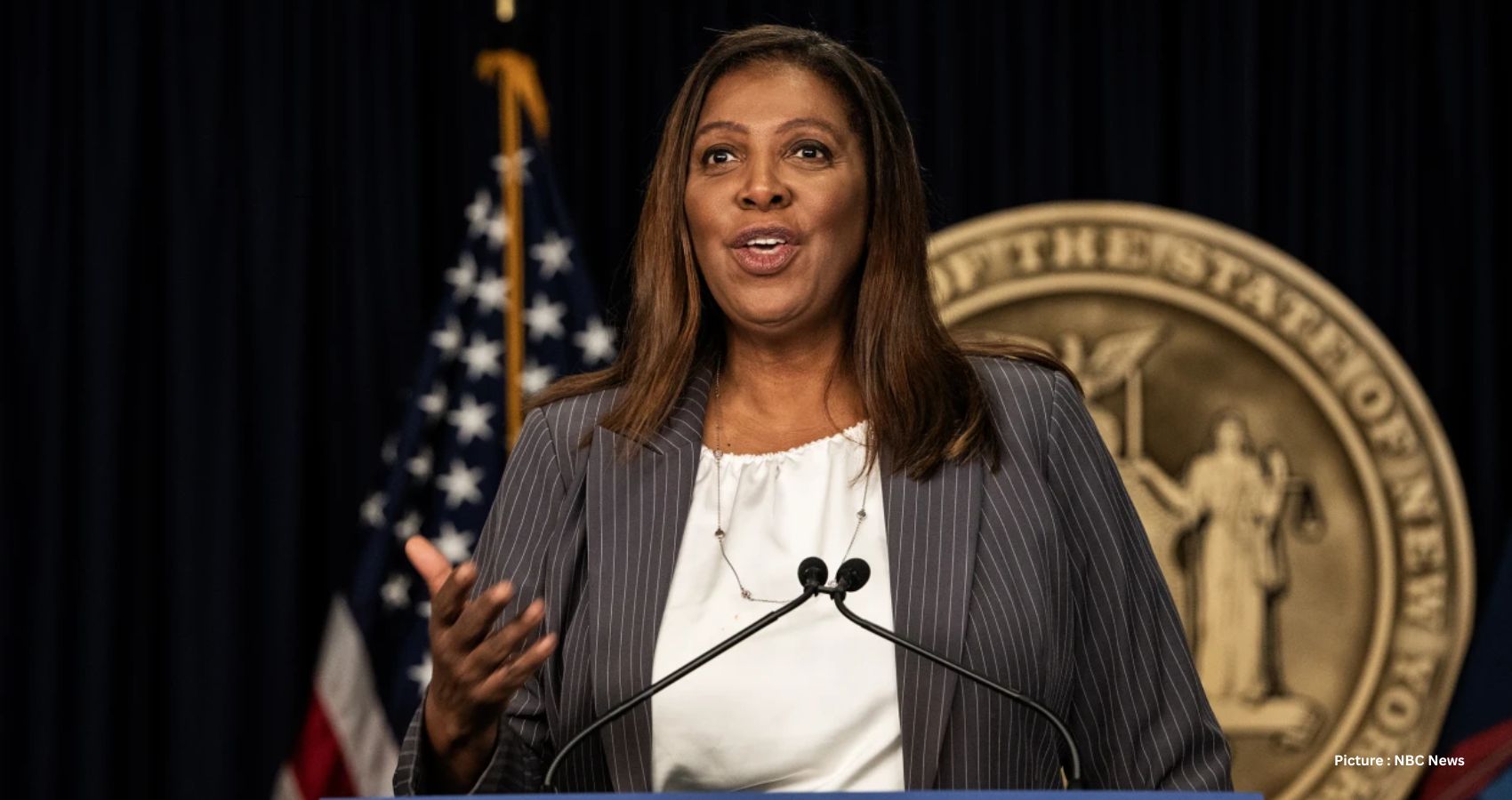
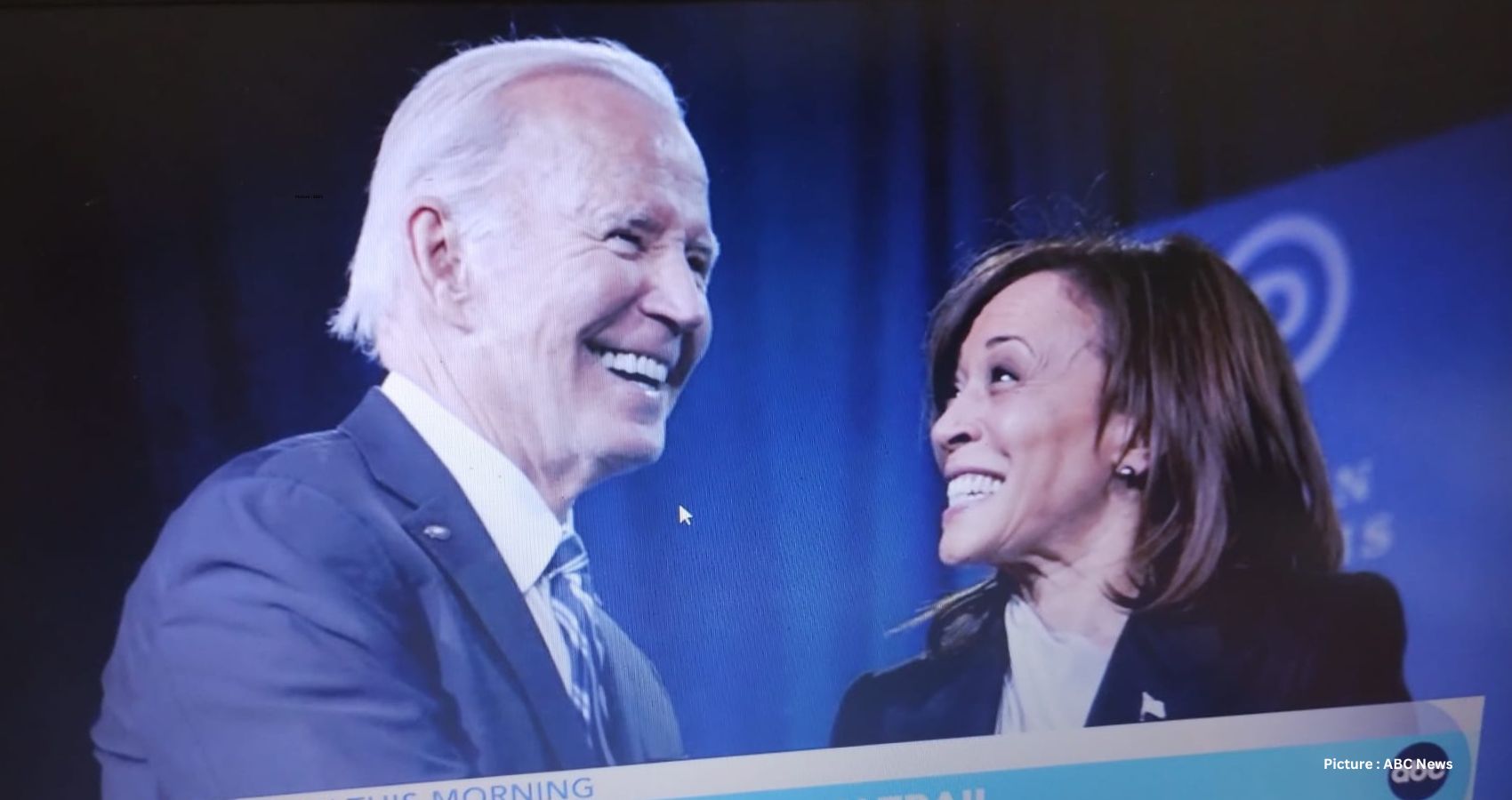
 For the cookies-
For the cookies- For the cookies- . Preheat the oven to 325 Fahrenheit.. Whisk together flour, salt & cinnamon in a bowl.. Cream together the butter until the sugar has almost dissolved, the mixture should be pale and fluffy.. Add vanilla and blend it in.. Keeping the mixture on a low stir, add in the dry ingredients and stir-in until well-incorporated.. Gently stir-in the chopped hibiscus to incorporate as well.. Gently gather the dough on a floured surface and shape it into a cylindrical log.. Cut it into half inch circles (~ 17-21 cookies).. Bake on a parchment lined tray for 16 to 18 minutes.. Wait to cool down. For the glaze-
For the cookies- . Preheat the oven to 325 Fahrenheit.. Whisk together flour, salt & cinnamon in a bowl.. Cream together the butter until the sugar has almost dissolved, the mixture should be pale and fluffy.. Add vanilla and blend it in.. Keeping the mixture on a low stir, add in the dry ingredients and stir-in until well-incorporated.. Gently stir-in the chopped hibiscus to incorporate as well.. Gently gather the dough on a floured surface and shape it into a cylindrical log.. Cut it into half inch circles (~ 17-21 cookies).. Bake on a parchment lined tray for 16 to 18 minutes.. Wait to cool down. For the glaze-  . Brew the hibiscus flowers in boiling water until well concentrated as shown in the figure.. Once it has cooled down, whisk it up into the powdered sugar until lump free.. Dip half part of the cookies in it and wait to cool for atleast half an hour to set before having or storing in an airtight container. Notes, tips and suggestions- . I you don’t have home-dried hibiscus flowers you could easily find it online or in almost any Trader Joe’s store.. If the dough is not easily coming together due to stickiness, you could refrigerate it for a while before forming a log.
. Brew the hibiscus flowers in boiling water until well concentrated as shown in the figure.. Once it has cooled down, whisk it up into the powdered sugar until lump free.. Dip half part of the cookies in it and wait to cool for atleast half an hour to set before having or storing in an airtight container. Notes, tips and suggestions- . I you don’t have home-dried hibiscus flowers you could easily find it online or in almost any Trader Joe’s store.. If the dough is not easily coming together due to stickiness, you could refrigerate it for a while before forming a log. . Heat a wok and pour very little (about a teaspoon) neutral oil to sauté the ginger and garlic.. Now add the sugar and once it starts caramelising, add the ribs and start browning. Add the sauces once the juices from the meat starts drying up.. Sauté until almost 2/3rd of the fat is melted. Now season it with pepper and chilli flakes.. Pour the rice wine, water and cook well-covered for 45 minutes to an hour. PS: keep an eye on whether the ribs are sticking to the bottom of the vessel (I used a non-stick thick bottom wok), stir every 15 minutes and add more water – by half cup, if needed—when you are making this for the first time… Once the ribs are perfectly cooked, it’ll be sticky and tender. Add a little of light soya sauce and sauté for a minute if you need more seasoning for your ribs.. At this point, season with the sesame oil for a nutty flavour and serve hot after garnishing. Notes, Tips and Suggestions- . You could try the same recipe with beef ribs, but make sure you add more oil to the wok before sautéing.. Garnish with chopped spring onions or toasted sesame seeds.. Covered cooking time may vary by 20 minutes depending of the type of vessel and temperatures you use.
. Heat a wok and pour very little (about a teaspoon) neutral oil to sauté the ginger and garlic.. Now add the sugar and once it starts caramelising, add the ribs and start browning. Add the sauces once the juices from the meat starts drying up.. Sauté until almost 2/3rd of the fat is melted. Now season it with pepper and chilli flakes.. Pour the rice wine, water and cook well-covered for 45 minutes to an hour. PS: keep an eye on whether the ribs are sticking to the bottom of the vessel (I used a non-stick thick bottom wok), stir every 15 minutes and add more water – by half cup, if needed—when you are making this for the first time… Once the ribs are perfectly cooked, it’ll be sticky and tender. Add a little of light soya sauce and sauté for a minute if you need more seasoning for your ribs.. At this point, season with the sesame oil for a nutty flavour and serve hot after garnishing. Notes, Tips and Suggestions- . You could try the same recipe with beef ribs, but make sure you add more oil to the wok before sautéing.. Garnish with chopped spring onions or toasted sesame seeds.. Covered cooking time may vary by 20 minutes depending of the type of vessel and temperatures you use.  The vaccine uses a harmless-to-humans chimpanzee adenovirus as a delivery vector. That virus is modified to carry spike proteins from SARS-CoV-2—the component of the coronavirus that, in theory, should induce the sought-after immune response in humans. What the researchers were looking for were two kinds of immune reaction: humoral immunity, or the system-wide generation of antibodies against the virus; and cellular immunity, or the activation of immune system T-cells that attack human cells infected with the COVID-19 virus. Oxford vaccine triggers immune response, trial findsA Covid-19 vaccine candidate developed by the Oxford University has safely prompted a protective immune response in hundreds of volunteers who got the shot in an early trial, preliminary findings published Monday in the journal Lancet said. The vaccine, ChAdOx1 nCoV-19 (also called AZD1222), designed by Oxford and developed by AstraZeneca, the Anglo-Swedish pharma major, triggered a dual immune response in people aged 18 to 55 that lasted at least two months. The preliminary
The vaccine uses a harmless-to-humans chimpanzee adenovirus as a delivery vector. That virus is modified to carry spike proteins from SARS-CoV-2—the component of the coronavirus that, in theory, should induce the sought-after immune response in humans. What the researchers were looking for were two kinds of immune reaction: humoral immunity, or the system-wide generation of antibodies against the virus; and cellular immunity, or the activation of immune system T-cells that attack human cells infected with the COVID-19 virus. Oxford vaccine triggers immune response, trial findsA Covid-19 vaccine candidate developed by the Oxford University has safely prompted a protective immune response in hundreds of volunteers who got the shot in an early trial, preliminary findings published Monday in the journal Lancet said. The vaccine, ChAdOx1 nCoV-19 (also called AZD1222), designed by Oxford and developed by AstraZeneca, the Anglo-Swedish pharma major, triggered a dual immune response in people aged 18 to 55 that lasted at least two months. The preliminary  Dr. Anupama Yeluru Gotimukula, President-Elect, AAPI, who will be the President of AAPI in the year 2021-22, says, “We are going through a deadly pandemic now. AAPI members are putting their best efforts to help our patients, especially those impacted by COVID. Several of our physicians have been affected in this pandemic. Our healthcare heroes are putting their lives on frontline and working in every possible way to eradicate COVID-19, through preventive efforts, clinical, therapeutic and research trials, doing philanthropic services and many more other activities to help the community!
Dr. Anupama Yeluru Gotimukula, President-Elect, AAPI, who will be the President of AAPI in the year 2021-22, says, “We are going through a deadly pandemic now. AAPI members are putting their best efforts to help our patients, especially those impacted by COVID. Several of our physicians have been affected in this pandemic. Our healthcare heroes are putting their lives on frontline and working in every possible way to eradicate COVID-19, through preventive efforts, clinical, therapeutic and research trials, doing philanthropic services and many more other activities to help the community!  Dr. Ravi Kolli, Vice President of AAPI is a Board Certified Psychiatrist with additional qualifications in Addiction, Geriatric and Forensic Psychiatry, and serves as Psychiatric Medical Director of Southwestern Pennsylvania Human Services. A former Clinical Asst. Professor of Psychiatry, University of Pittsburgh and West Virginia University, Dr. Kolli had served as the Secretary of AAPI 2019-20, Regional Director of AAPI 2017-18, Past President of Pittsburgh Chapter of AAPI (TAPI), Past President of Rangaraya Medical College Alumni of North America and as the Past President of Association of Telugu Medical Graduates in USA
Dr. Ravi Kolli, Vice President of AAPI is a Board Certified Psychiatrist with additional qualifications in Addiction, Geriatric and Forensic Psychiatry, and serves as Psychiatric Medical Director of Southwestern Pennsylvania Human Services. A former Clinical Asst. Professor of Psychiatry, University of Pittsburgh and West Virginia University, Dr. Kolli had served as the Secretary of AAPI 2019-20, Regional Director of AAPI 2017-18, Past President of Pittsburgh Chapter of AAPI (TAPI), Past President of Rangaraya Medical College Alumni of North America and as the Past President of Association of Telugu Medical Graduates in USA For Dr. Amit Chakrabarty, Secretary of AAPI, it’s been a very long journey with AAPI, from being an ordinary member to a Regional Leader, Vice Chair of the Board of Trustees (BOT) and now being elected as the national Secretary of AAPI that he calls as his second family and has come to adore. “Since my membership to AAPI In 1997, for more than two decades I have been a dedicated foot soldier for the American Association of Physicians of Indian Origin,” Dr. Amit Chakrabarty is a Consultant Urologist, Poplar Bluff Urology, Past Chairman of Urologic Clinics of North Alabama P.C., and the Director of Center for Continence and Female Pelvic Health.
For Dr. Amit Chakrabarty, Secretary of AAPI, it’s been a very long journey with AAPI, from being an ordinary member to a Regional Leader, Vice Chair of the Board of Trustees (BOT) and now being elected as the national Secretary of AAPI that he calls as his second family and has come to adore. “Since my membership to AAPI In 1997, for more than two decades I have been a dedicated foot soldier for the American Association of Physicians of Indian Origin,” Dr. Amit Chakrabarty is a Consultant Urologist, Poplar Bluff Urology, Past Chairman of Urologic Clinics of North Alabama P.C., and the Director of Center for Continence and Female Pelvic Health. Dr. Satheesh Kathula, the newly elected Treasurer of AAPI is a board certified hematologist and oncologist from Dayton, Ohio. Practicing Medicine for nearly two decades, Dr. Kathula is a clinical professor of medicine at Wright State University- Boonshoft school of medicine, Dayton, Ohio. He graduated from Siddhartha Medical College, Vijayawada, Andhra Pradesh, India in 1992. He has been actively involved in community service locally, nationally and internationally for the last 18 years. He has been awarded with the “Man of the year-2018, The Leukemia and Lymphoma Society’”
Dr. Satheesh Kathula, the newly elected Treasurer of AAPI is a board certified hematologist and oncologist from Dayton, Ohio. Practicing Medicine for nearly two decades, Dr. Kathula is a clinical professor of medicine at Wright State University- Boonshoft school of medicine, Dayton, Ohio. He graduated from Siddhartha Medical College, Vijayawada, Andhra Pradesh, India in 1992. He has been actively involved in community service locally, nationally and internationally for the last 18 years. He has been awarded with the “Man of the year-2018, The Leukemia and Lymphoma Society’” Beautifully red tart cranberries are my favourite. N it’s rare that I get good ones. I wanted to bake a less sugary yet yummy treat for my family that they could enjoy anytime of the day and I thought these muffins would be perfect. It’s wholesome, berrylicious, zesty and just yum! Whats special about this recipe? Cranberries- These lovely red berries are not only a powerhouse of antioxidants, but also medically proven to prevent UTIs, boost immunity and brain power.. Orange- As everyone know orange is rich in Vitamin C and it’s citrusy punch is so refreshing. I’ve used both its zest and juice in this recipe to extract most of the goodness from it. What you’ll need-
Beautifully red tart cranberries are my favourite. N it’s rare that I get good ones. I wanted to bake a less sugary yet yummy treat for my family that they could enjoy anytime of the day and I thought these muffins would be perfect. It’s wholesome, berrylicious, zesty and just yum! Whats special about this recipe? Cranberries- These lovely red berries are not only a powerhouse of antioxidants, but also medically proven to prevent UTIs, boost immunity and brain power.. Orange- As everyone know orange is rich in Vitamin C and it’s citrusy punch is so refreshing. I’ve used both its zest and juice in this recipe to extract most of the goodness from it. What you’ll need-  . 1 cup cranberries, preferably fresh. One by fourth a cup orange juice. 1-2 teaspoons orange zest . 1 teaspoon vanilla extract . 3 by 4th a cup softened butter. 1 and 1 by 4th a cup butter. 1 and a half cup all-purpose flour . 2 teaspoons baking powder . One by fourth a teaspoon salt How to make-
. 1 cup cranberries, preferably fresh. One by fourth a cup orange juice. 1-2 teaspoons orange zest . 1 teaspoon vanilla extract . 3 by 4th a cup softened butter. 1 and 1 by 4th a cup butter. 1 and a half cup all-purpose flour . 2 teaspoons baking powder . One by fourth a teaspoon salt How to make-  Preheat the oven to 180 degrees Celsius. Coat muffin pan with liners.
Preheat the oven to 180 degrees Celsius. Coat muffin pan with liners. . Never add cut cranberries right straight away into the batter as it’s too tart and may not taste right texture wise or on the palate.. If you don’t like cranberries, you could always substitute it with equal amounts of your favourite berries/chopped fruits in this recipe.. If you don’t like to decorate your muffins with white chocolate and almonds, I would suggest dark chocolate and toasted coconut or any other nuts with a light drizzle of salted caramel instead or have it simple as it is paired with your daily cup of coffee or tea!
. Never add cut cranberries right straight away into the batter as it’s too tart and may not taste right texture wise or on the palate.. If you don’t like cranberries, you could always substitute it with equal amounts of your favourite berries/chopped fruits in this recipe.. If you don’t like to decorate your muffins with white chocolate and almonds, I would suggest dark chocolate and toasted coconut or any other nuts with a light drizzle of salted caramel instead or have it simple as it is paired with your daily cup of coffee or tea! . Perfectly oven-roast duck— As I had mentioned above, the slow-roasting technique used in this recipe will never leave you disappointed. Cooking the duck with right temperature adjustments, patiently, renders a lovely browned crispy skin on the outside and juicy meat inside. . Spices & herbs— Though not too spicy, i have added a few spices such as cloves, cardamom, fennel, pepper, bay leaves and herbs such as thyme & parsley in minimal amounts to create the sauce that’s packed with full of flavour and compliments your ducky beautifully. . Cranberry, orange zest and ginger— These are not only rich in antioxidants and micronutrients, but also gives this dish it’s unique flavour and taste.
. Perfectly oven-roast duck— As I had mentioned above, the slow-roasting technique used in this recipe will never leave you disappointed. Cooking the duck with right temperature adjustments, patiently, renders a lovely browned crispy skin on the outside and juicy meat inside. . Spices & herbs— Though not too spicy, i have added a few spices such as cloves, cardamom, fennel, pepper, bay leaves and herbs such as thyme & parsley in minimal amounts to create the sauce that’s packed with full of flavour and compliments your ducky beautifully. . Cranberry, orange zest and ginger— These are not only rich in antioxidants and micronutrients, but also gives this dish it’s unique flavour and taste.  . Special brown sauce— Its made using a brown stock that’s made from browning the duck left-overs and cooking it along with veggies in chicken stock and later reducing it down adding spices, vinegar, booze and condiments..worth drooling for! What you’ll need— . 1 Whole duck (with skin-on)-quite big enough! For marinade-. 1 teaspoon paprika . 4 cloves of crushed garlic. 2 tablespoons of orange zest. 1 teaspoon grated ginger. 1 teaspoon pepper. A handful of fresh herbs . 3 shallots, finely chopped . Olive oil. Salt For brown duck stock- . Duck leftovers (wing & fat trimmings, gizzards..) – of 1 bird, cut into 1 inch pieces . 1 big carrot, chopped into 1 inch pieces . 1 celery, chopped into 1 inch pieces. 1 sprig thyme . Half teaspoon pepper. 1 big bay leaf. Olive oil. 4 cups chicken stock. 5 cloves crushed garlic. Salt For spiced ginger cranberry sauce- . 1 cup cranberries . Half tablespoon orange zest. 1 tablespoon minced garlic. Half tablespoon grated ginger. 1 star anise. 1/4 teaspoon fennel. 2 cardamom pods. 5 cloves. 1.5 tablespoons brown sugar . 0.25 cup balsamic vinegar . 2 tablespoons red wine vinegar . O.25 cups red wine (dry). Parsley. 1.5 tablespoons cornflour . 2 tablespoons butter/olive oil. Salt For roasted onions & crispy potatoes- . 4 small floury potatoes cut chunky with skin-on. 7 shallots, peeled and halved. 2 big red onions, peeled and cut into big rings. 0.25 teaspoon oregano . Half teaspoon red chilli flakes . 0.25 teaspoon paprika . Half tablespoon all-purpose flour . Half tablespoon cornstarch . A pinch of baking powder . 0.25 teaspoon crushed coriander seeds . Salt to taste . 1 tablespoon strained fat that dripped onto the tray on oven-roasting the duck. Fat from top of cold brown stock How to make—
. Special brown sauce— Its made using a brown stock that’s made from browning the duck left-overs and cooking it along with veggies in chicken stock and later reducing it down adding spices, vinegar, booze and condiments..worth drooling for! What you’ll need— . 1 Whole duck (with skin-on)-quite big enough! For marinade-. 1 teaspoon paprika . 4 cloves of crushed garlic. 2 tablespoons of orange zest. 1 teaspoon grated ginger. 1 teaspoon pepper. A handful of fresh herbs . 3 shallots, finely chopped . Olive oil. Salt For brown duck stock- . Duck leftovers (wing & fat trimmings, gizzards..) – of 1 bird, cut into 1 inch pieces . 1 big carrot, chopped into 1 inch pieces . 1 celery, chopped into 1 inch pieces. 1 sprig thyme . Half teaspoon pepper. 1 big bay leaf. Olive oil. 4 cups chicken stock. 5 cloves crushed garlic. Salt For spiced ginger cranberry sauce- . 1 cup cranberries . Half tablespoon orange zest. 1 tablespoon minced garlic. Half tablespoon grated ginger. 1 star anise. 1/4 teaspoon fennel. 2 cardamom pods. 5 cloves. 1.5 tablespoons brown sugar . 0.25 cup balsamic vinegar . 2 tablespoons red wine vinegar . O.25 cups red wine (dry). Parsley. 1.5 tablespoons cornflour . 2 tablespoons butter/olive oil. Salt For roasted onions & crispy potatoes- . 4 small floury potatoes cut chunky with skin-on. 7 shallots, peeled and halved. 2 big red onions, peeled and cut into big rings. 0.25 teaspoon oregano . Half teaspoon red chilli flakes . 0.25 teaspoon paprika . Half tablespoon all-purpose flour . Half tablespoon cornstarch . A pinch of baking powder . 0.25 teaspoon crushed coriander seeds . Salt to taste . 1 tablespoon strained fat that dripped onto the tray on oven-roasting the duck. Fat from top of cold brown stock How to make—  For the brown stock-
For the brown stock-
